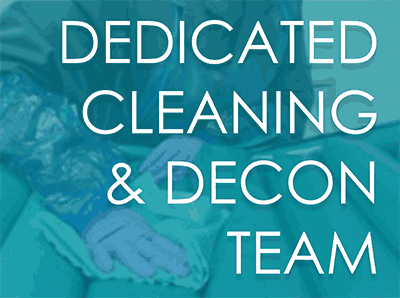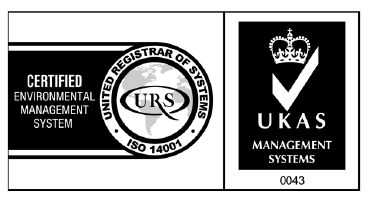Did you know…
“Pressure sores may lead to death if untreated, but should never progress further than the stage of reddened skin if prevention measures are taken”.1
Stop Pressure Ulcer Day (V20) from EPUAP.
What are pressure ulcers (also known as pressure sores)?
Pressure ulcers are injuries to the skin that occur when the skin and the underlying tissue breaks down, this is caused when persisting pressure is placed upon a particular part of the body over a prolonged period of time.2
What causes a pressure ulcer to form?
There are four common factors to pressure ulcer development:
• Pressure
• Shear
• Friction
• Microclimate
A pressure ulcer can start to develop anywhere on the body. “The ulcer forms because the blood to the skin is reduced and becomes starved of oxygen and nutrients”.3
My District Nurse says I have a ‘category 1 pressure ulcer’ – what does this mean?
Each pressure ulcer is treated dependent upon the severity of the wound, pressure ulcers are placed into four categories; a category one pressure ulcer is classed as being the most superficial; there is some discolouration and although the skin is not broken the patient may feel pain and there may be some itching around the affected area… At the latter end of the system is a category 4 ulcer and this is considered to be the most severe of all, the skin to the affected area is severely damaged and the tissue starts to die. Damage to the bone and muscle beneath the wound may become apparent.4
How have I developed a pressure ulcer?
Pressure ulcers can develop quickly. How quickly these chronic wounds develop is determined by many factors including:
• The type of surface a patient is lying on
• Age
• A loss of sensation in a particular area of the body
• Dehydration and malnutrition
• Illness
• Incontinence
For those already suffering with a pressure ulcer, the care of a wound management specialist team is critical to speeding up the healing process. If you do have an existing pressure ulcer, you should have access to the best available pressure relieving support surfaces including mattresses, cushions and repositioning aids – 24 hours a day.
How do I prevent pressure ulcers from developing?
Regular repositioning is important for those at risk of developing pressure ulcers.
NICE guidelines state the importance of changing your position regular; every 6 hours at the very least, for adults who are at high risk and for children and babies this should be done every 4 hours.5
If you are caring for a loved one who is suffering with a pressure ulcer, follow the link for more help and information about preventing pressure ulcers?
Are pressure ulcers painful?
The simple answer is YES. A patient who has suffered as a result of a pressure ulcer will know the pain and discomfort these wounds inflict, and will be aware of how long an ulcer may take to heal.
How long does it take for a pressure ulcer to heal?
Treating a pressure ulcer is not usually a quick process and healing time will depend on whether the patient has appropriate pressure redistribution methods in place; is eating a healthy diet and is receiving good wound management.6
Depending upon the severity of the sore and the general health of the person, it can take years to fully heal. However, it’s not just the pain of the wound itself that affects those suffering these chronic wounds, but also the mental scars too. After the wound itself has healed, it can take years to recover from the effects of a pressure ulcer.
Bibliography
1. M. Yves & M. Delcey (2015) Pressure sores and other complications of immobilization [online] Available at: http://cirrie.buffalo.edu/encyclopedia/en/article/347 [Accessed 10/011/2015]
2. NHS (2014) http://www.nhs.uk/Conditions/Pressure-ulcers/Pages/Introduction.aspx
3. Alzheimer’s Society (2013) Pressure Ulcers (bed sores) [online] Available at: http://www.alzheimers.org.uk/site/scripts/documents_info.php?documentID=132 [Accessed 22/09/2015]
4. NHS (2014) Pressure Ulcers – Symptoms http://www.nhs.uk/Conditions/Pressure-ulcers/Pages/Symptoms.aspx
5. NICE (2014) [online] Available at: http://www.nice.org.uk/guidance/cg179/ifp/chapter/Prevention [Accessed 10/11/2015]
6. NICE (2014) Pressure Ulcer [online] Available at: http://patient.info/doctor/pressure-ulcers-pro [Accessed 10/11/2015]








